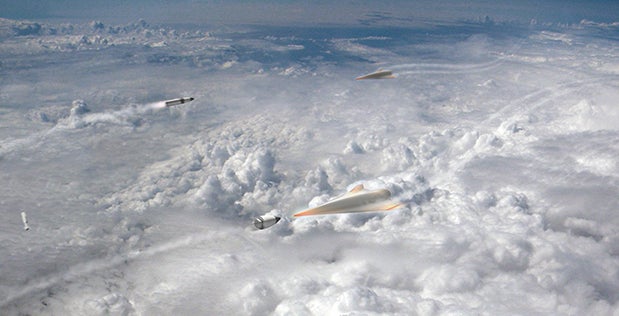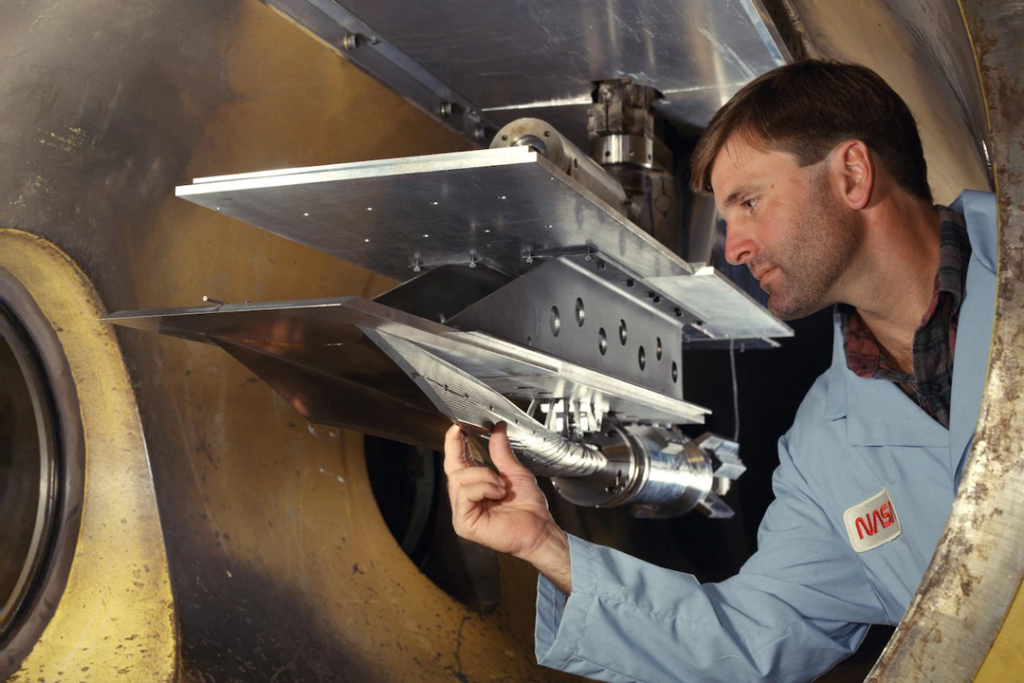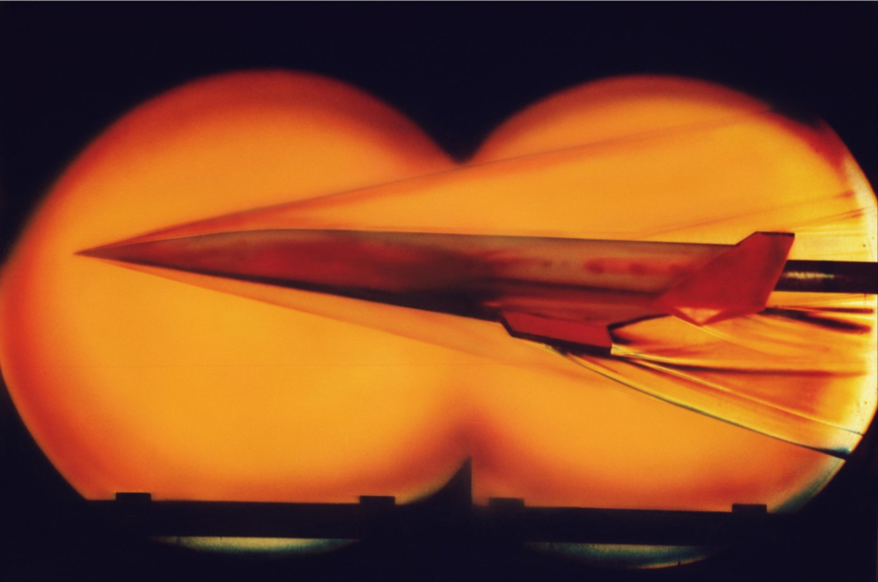Department of Defense Lays Out Plans for the Development of Hypersonics
The appearance of experimental hypersonic missiles in Russian and Chinese arsenals has made headlines around the world due to their perceived potential to disrupt the global military balance. What current air defense systems would be able to intercept them? When will it be possible to intercept them? Are they the weapon which will finally bring an end to the preeminence of the aircraft carrier? Will they compromise current plans for the employment of the US strategic nuclear force? What exactly are their current capabilities?

While some see their appearance as a clear example of the US losing some of its edge in one critical area of military technology, one which may have wider implications for the wider military balance between America and its great power competitors, others are more inclined to disagree. For example, some US researchers from institutes such as MIT have concluded, based on computer modeling, that the advantage of these weapons compared to ICBMs is not substantial. They would still be detectable by space-based early warning systems and the possibility of them being substantially faster in delivering payloads than ICBMs is questionable. Of course, one could counter by pointing to the vulnerability of assets in space but regardless of what stance one takes on hypersonics, the US military has identified their development as worthy of the utmost priority.

On 27 February, the Department of Defense released a news article laying out DoD strategy for the development of hypersonics, largely drawing on statements made by Mike White, the principal director for hypersonics in the office of the undersecretary of defense for research and engineering, during the Air Force Association’s virtual Aerospace Warfare Symposium. Three main goals were accentuated:
- Developing air-, land-, and sea-launched, conventionally-armed hypersonic strike weapons for highly-survivable, long-range, time-critical defeat of maritime, coastal and inland targets of critical importance on the tactical battlefield.
- Using comprehensive, layered-defeat of an adversary’s tactical hypersonic strike missile capability.
- Utilizing reusable, hypersonic systems for intelligence, surveillance, reconnaissance and strike, as well as the first stage of a two stage vehicle for rapid access to space.
Director White is confident that the capability to conduct and defend against hypersonic attacks can be achieved in only a few years.
“We will deliver strike capability to the warfighter in the early-mid 2020s and a layered hypersonic defense capability — first terminal and then glide phase — in the mid-late 2020s. For reusable systems, our goal is to deliver capability in the early to mid-2030s”
The race with China and Russia is on!

